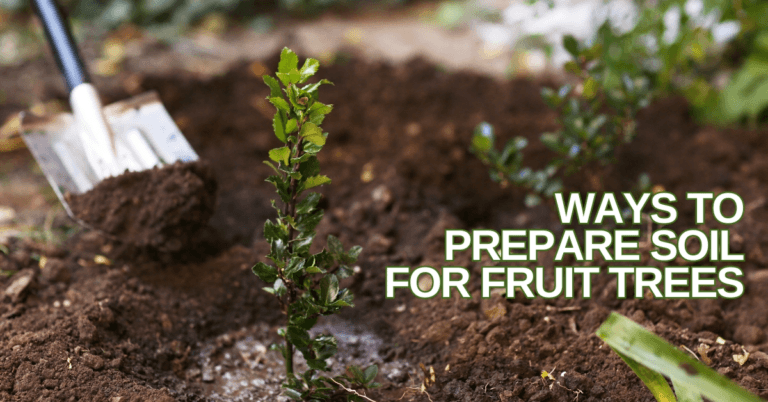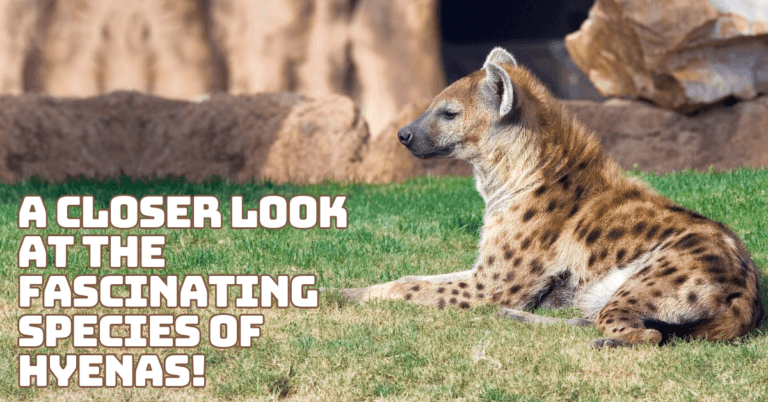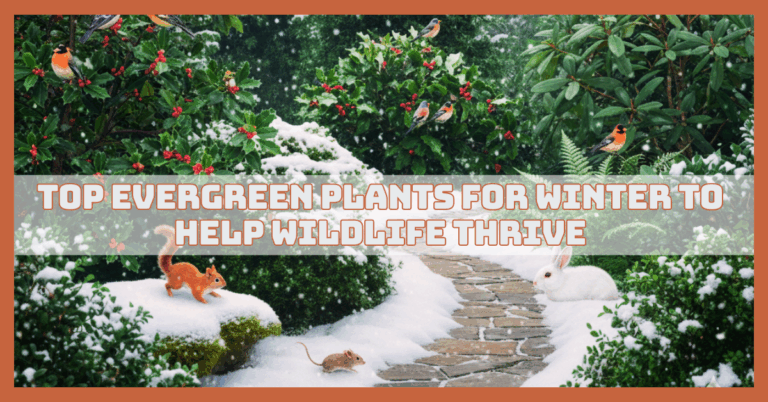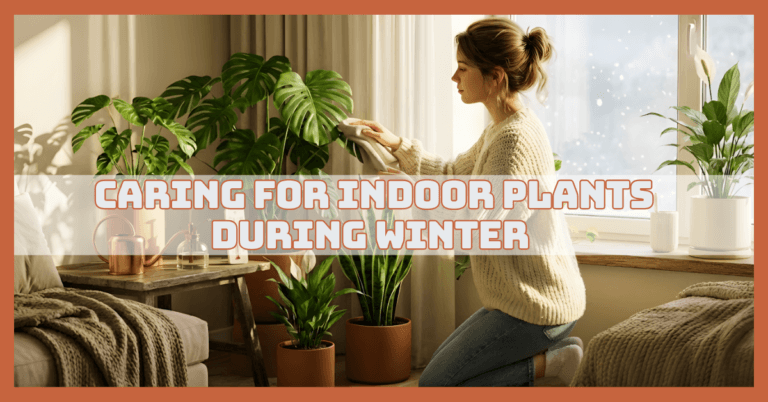Best Ways To Create A Bird-Friendly Garden

Best Ways To Create A Bird-Friendly Garden
Creating a bird-friendly garden is a rewarding and enjoyable way to invite our feathered friends into our outdoor spaces while providing them with the resources they need to thrive.
By designing our gardens with the needs of birds in mind, we can create havens that attract a variety of species and contribute to conserving these magnificent creatures.
From providing food sources and shelter to offering nesting opportunities and safe water features, numerous ways exist to transform our gardens into vibrant and welcoming bird habitats.
This article will explore practical tips and ideas for creating a bird-friendly garden, allowing us to connect with nature, promote biodiversity, and witness the beauty of avian life up close.

Cultivating A Bird-Friendly Garden And Its Advantages
A bird-friendly garden is designed and maintained to provide an ideal bird habitat. It incorporates elements that fulfill their basic needs, such as food, water, shelter, and nesting sites.
Creating a bird-friendly garden attracts diverse bird species and contributes to their well-being and conservation. Here are some details on the benefits of a bird-friendly garden:
1. Conservation
Bird populations worldwide face numerous threats, including habitat loss and fragmentation.
By creating bird-friendly gardens, we provide additional patches of suitable habitat, which can help support local bird populations and contribute to their conservation.
2. Biodiversity
Birds play crucial roles in maintaining biodiversity. They aid in pollination by transferring pollen from one flower to another, promoting the reproduction of plants.
Additionally, birds consume insects, helping to control pest populations naturally. A bird-friendly garden can attract various bird species, contributing to a more balanced and resilient ecosystem.
3. Pest Control
Many birds feed on insects and other small pests, acting as natural pest control agents.
By attracting insectivorous bird species to our gardens, we can reduce the need for chemical pesticides, promoting a healthier and more environmentally friendly approach to pest management.
4. Pollination
Certain bird species, such as hummingbirds, play a significant role in pollinating flowers.
Their long beaks and tongues are well adapted to extract nectar from flowers, inadvertently transferring pollen as they move between blooms.
We can support their important role in pollination by planting nectar-rich flowers that are attractive to birds.
5. Enjoyment And Observation
Making a garden that attracts birds allows you to study and appreciate the beauty and behaviour of birds closely.
Birdwatching from the comfort of our backyard can provide hours of entertainment, relaxation, and a deeper appreciation for the natural world. The presence of birds adds life, colour, and a sense of connection to our outdoor spaces.
6. Educational Opportunities
A bird-friendly garden can be a valuable educational tool, especially for children. Observing birds and learning about their habits, migration patterns, and life cycles can foster a sense of wonder, curiosity, and environmental awareness.
It provides an opportunity to teach children about the importance of conservation and the interconnectedness of all living beings.
7. Emotional Well-Being
Connecting with nature has been proven to positively affect our mental and emotional well-being. Having a bird-friendly garden allows us to immerse ourselves in the sights and sounds of birds, providing a sense of tranquillity, inspiration, and a respite from the stresses of daily life.
In summary, a bird-friendly garden offers numerous benefits, including
- Conserving bird species,
- Promoting biodiversity,
- Natural pest control,
- Pollination support,
- Opportunities for enjoyment and observation,
- Educational experiences, and
- Improved emotional well-being
Creating a welcoming bird habitat can positively impact the avian world and our connection to nature.
Ways To Create A Bird-Friendly Garden
Unlock the enchanting world of birds in your backyard by creating a bird-friendly garden. You may turn your outside area into a refuge that welcomes various feathery guests by following a few easy steps.
Creating a bird-friendly garden is an excellent way to attract and support diverse bird species. Here are some practical ways to create a bird-friendly garden:

1. Plant Native Trees, Shrubs, And Flowers
Planting native trees, shrubs, and flowers in your garden is crucial in creating a bird-friendly environment. Native plants have co-evolved with local bird species, providing them with familiar and reliable food sources, shelter, and nesting sites.
These plants have adapted to the region's specific climate, soil conditions, and pests, making them more resilient and easier to maintain.
By incorporating a variety of native species, you can ensure a continuous food supply throughout the seasons. Select plants that produce berries, fruits, or seeds, as these are particularly attractive to birds.
Additionally, include nectar-rich flowers to attract hummingbirds and other nectar-feeding species. Native plants also support native insects, an essential food source for many bird species, especially during the breeding season.
Caterpillar host plants, such as milkweed for monarch butterflies, can attract insect-eating birds that rely on these insects to feed their young.
Furthermore, native plants provide natural nesting materials, such as twigs, leaves, and grass, which birds can utilize when constructing their nests.
By embracing native plantings, you create a sustainable and thriving habitat that supports a diverse range of bird species and enhances the ecological balance of your garden.

2. Provide A Water Source
Water in your bird-friendly garden is essential for attracting and supporting birds. A bird bath is a perfect solution for providing water to birds who need it for drinking and washing.
Install a shallow basin at ground level or elevated on a pedestal, where birds can easily access it.
The bird bath should be filled with clean and fresh water, and it's important to regularly replenish and clean it to prevent the spread of diseases.
Adding a small fountain or dripper to the bird bath can create movement, which adds visual interest and attracts birds with the sound and sight of moving water.
The sound of trickling water can entice birds, which signifies a reliable water source.
Consider placing the bird bath in a visible and safe location, away from dense vegetation where predators may lurk, and near perching spots for birds to rest and observe their surroundings.
By providing a water source in your garden, you create a refreshing oasis that will attract various bird species, providing them with a vital resource and enhancing the beauty and tranquillity of your outdoor space.

3. Install Bird Feeders
Installing bird feeders in your garden is a wonderful way to attract and support a wide range of bird species.
Bird feeders serve as supplemental food sources, particularly during periods when natural food may be scarce, such as winter or during migration.
Selecting different types of feeders and feed can cater to the preferences of various bird species. Opt for squirrel-proof feeders, as squirrels can quickly deplete the food meant for birds.
To keep the feeding station's hygiene high, it's crucial to use feeders that are simple to clean. Offering a variety of seeds can attract a diverse range of birds.
Sunflower seeds are popular and relished by many species, while finches favour nyjer (thistle) seeds. Millet is an affordable option that attracts a variety of ground-feeding birds.
Additionally, consider providing suet, a high-energy food made from animal fat, which is especially beneficial during colder months.
Place the feeders in a safe and visible location, preferably near trees or shrubs where birds can find shelter and observe their surroundings.
Installing bird feeders provides a reliable food source for birds, allowing you to follow their behaviours up close and contribute to their well-being throughout the year.

4. Create Shelter And Nesting Sites
Creating shelter and nesting sites in your bird-friendly garden is essential for attracting and supporting bird populations.
Incorporate a variety of trees, shrubs, and dense vegetation to shelter birds from predators, extreme weather conditions and a safe place to rest and roost.
Trees with branching structures like oaks or maples can provide excellent perching spots and nesting opportunities.
Evergreen varieties, such as pines or spruces, offer year-round cover, especially during winter when other vegetation may be dormant.
Additionally, consider installing birdhouses or nesting boxes designed for specific bird species. Research the requirements for each species, including entrance hole size, box dimensions, and proper placement, to ensure that the nesting boxes are suitable and attractive to the intended birds.
Place the nesting boxes in appropriate locations, such as near trees or areas with adequate cover, and at a height and orientation ideal for the target species.
Regularly monitor the nesting boxes to ensure they remain clean and safe for birds.
By providing shelter and nesting sites in your garden, you create a welcoming habitat that encourages birds to establish their homes, breed, and raise their young, contributing to the overall health and vitality of bird populations in your area.

5. Limit Pesticide Use
Limiting pesticide use in your bird-friendly garden is crucial for the birds' and the ecosystem's health and well-being.
Pesticides can harm birds directly through ingestion or indirectly by contaminating their food sources. Many birds rely on insects as a primary food source, especially during the breeding season when they need to feed their young.
Pesticides can eliminate the insects that birds depend on, leading to food scarcity and potential declines in bird populations.
Instead of relying on chemical pesticides, focus on natural pest control methods that promote a balanced ecosystem.
One effective strategy is to attract insect-eating birds to your garden by providing suitable habitats, food sources, and water.
Birds such as swallows, warblers, and flycatchers are voracious insect predators and can help keep pest populations in check.
Encourage beneficial insects like ladybugs, lacewings, and praying mantises by providing them with suitable habitats and nectar-rich flowers.
These insects act as natural predators, controlling pests without chemical intervention.
By minimizing or eliminating pesticide use in your garden, you create a safe and healthy environment for birds, promote biodiversity, and contribute to the overall ecological balance of your backyard ecosystem.

6. Reduce Lawn Area
Reducing the size of your lawn in favour of more bird-friendly alternatives can greatly enhance the ecological value of your garden.
Lawns typically offer limited bird food and shelter, making them less beneficial than other landscape options. Consider replacing portions of your lawn with native plants, trees, or even a wildflower meadow.
Native plants offer familiar food sources, nesting materials, and bird shelters since they are adapted to the local environment.
They attract various insects, which serve as a vital food source for birds and support the entire food chain. Trees, especially native species, offer multiple benefits, including perching and nesting opportunities, shade, and predator protection.
A wildflower meadow not only adds colour and beauty to your garden but also attracts pollinators, attracting insect-eating birds.
Additionally, reducing the size of your lawn decreases water consumption and reduces the need for mowing and maintenance, making your garden more sustainable and environmentally friendly.
By embracing alternative options to traditional lawns, you create a vibrant and diverse habitat that benefits birds and enhances your garden's overall ecological balance and resilience.

7. Avoid Artificial Hazards
Creating a safe environment for birds in your garden involves being mindful of potential hazards and taking proactive measures to minimize risks.
One significant hazard for birds is collisions with windows and glass surfaces. Consider using window decals, applying window treatments such as frosted film, or placing bird-friendly window screens to make windows more visible.
These measures can help birds avoid collisions and reduce the risk of injury or death.
When positioning bird feeders and birdbaths, ensure they are placed safely from windows to prevent birds from flying into them while approaching or leaving the feeding station.
It's also important to avoid using toxic chemicals in your garden, as they can harm birds directly or indirectly through contaminated food sources. Opt for natural and environmentally friendly alternatives for pest control and fertilizers.
Additionally, consider creating a safe zone for birds by avoiding areas with heavy traffic or domestic pet activity.
Birds are more likely to frequent areas where they feel secure and undisturbed. By being aware of these potential hazards and taking preventive measures, you can provide a safer and more bird-friendly environment, allowing birds to thrive and enjoy your garden without unnecessary risks.

8. Sustainable Garden Management
Sustainable garden management benefits birds and contributes to a healthier and more environmentally friendly garden.
Composting is an important aspect of sustainability, which helps recycle organic waste into nutrient-rich soil.
By composting, you reduce the amount of waste sent to landfills and create a natural and sustainable source of fertilizer for your garden.
Another sustainable practice is conserving water. Install rain barrels to collect rainwater for irrigation, use drip irrigation systems to minimize water waste, and choose native plants that are adapted to the local climate and require less water.
This saves water and creates a more resilient garden that can withstand drought.
Organic fertilizers, such as compost or natural amendments, provide plant nutrients while promoting soil health and beneficial organisms.
Integrated pest management techniques, such as attracting beneficial insects or using natural repellents, help control pests without relying on harmful chemicals.
By practicing sustainable garden management, you create a harmonious ecosystem that supports birds, enhances biodiversity, conserves resources, and reduces negative environmental impacts.

9. Create Brush Piles
Creating brush piles in your garden is a simple yet effective way to provide additional bird shelter and foraging opportunities.
Gather fallen branches, twigs, and brush and create small piles in a designated corner of your garden. These brush piles offer hiding spots and bird protection, especially during extreme weather conditions or seeking refuge from predators.
They also create a microhabitat that attracts insects, which birds can feed on. Insects are an important food source for many bird species, particularly during the breeding season when they need to nourish their young.
The brush piles provide an environment where insects can thrive, attracting diverse bird species that feed on them. When constructing brush piles, ensure they are stable and secure to prevent collapse.
Arrange the branches in a way that creates nooks and crevices for birds to explore and find cover. It's important to periodically maintain the brush piles by adding fresh materials and removing any debris that may accumulate over time.
By incorporating brush piles into your garden, you create additional habitat elements that support bird populations and contribute to the overall ecological balance of your backyard.

10. Learn And Observe
Learning about the bird species in your area and observing their behaviours is essential in creating a bird-friendly garden.
Start by researching the common bird species found in your region. Identify their physical characteristics, preferred habitats, and dietary preferences.
Understanding these aspects will help you provide the necessary resources and create an environment that attracts and supports various bird species.
Spend time observing the birds that visit your garden. Note their feeding patterns, nesting behaviours, and social interactions.
Pay attention to the types of plants they prefer and the locations they frequent. Take photographs or make sketches to help with identification and record-keeping.
Keeping a record of the bird species you encounter in your garden can be rewarding and educational. Create a bird-watching journal or use a mobile app to track your sightings.
Record each observation's date, time, location, and any interesting behaviours or interactions you witness. Over time, this record will provide valuable insights into the bird populations in your area and how they utilize your garden.

Conclusion
A bird-friendly garden attracts a wide variety of bird species and provides them with essential resources, including food, water, shelter, and nesting opportunities.
By incorporating native plants, you support local ecosystems and promote biodiversity by attracting native insects, which become a vital food source for birds.
Additionally, you create a safe and welcoming environment by minimizing hazards and practicing sustainable garden management, which benefits birds and other wildlife.
Beyond the ecological benefits, creating a bird-friendly garden offers an opportunity for personal enjoyment and connection with nature. So, embark on the journey of creating a bird-friendly garden.
Let the beauty of nature unfold in your backyard as you welcome and support the winged visitors that bring joy, wonder, and a sense of harmony to your outdoor sanctuary.
I trust you enjoyed this article on Best Ways To Create A Bird-Friendly Garden. Please stay tuned for more blog posts shortly. Take care!
JeannetteZ
>>>Please click here to read my all-inclusive article about Why Is Wildlife Important And How Can We Protect It<<<
>>>Are you interested in Natural Healing And Stress Relief through Herbs? Please click here for my #1 Recommendation<<<
Your Opinion Is Important To Me
Thoughts? Ideas? Questions? I would love to hear from you. Please leave your questions, experience, and remarks about the Best Ways To Create A Bird-Friendly Garden article in the comments below. You can also reach me by email at Jeannette@Close-To-Nature.org.
Disclosure
This post may contain affiliate links. As an Amazon Associate and other affiliate programs, I earn from qualifying purchases at no extra cost to you. Please read my full affiliate disclosure.
You might also enjoy these blog posts:
Common Backyard Birds In The USA
Interesting Yellow-Bellied Sapsucker Facts
Interesting American Redstart Facts
How Natural Calm Gummies Reduce Stress








